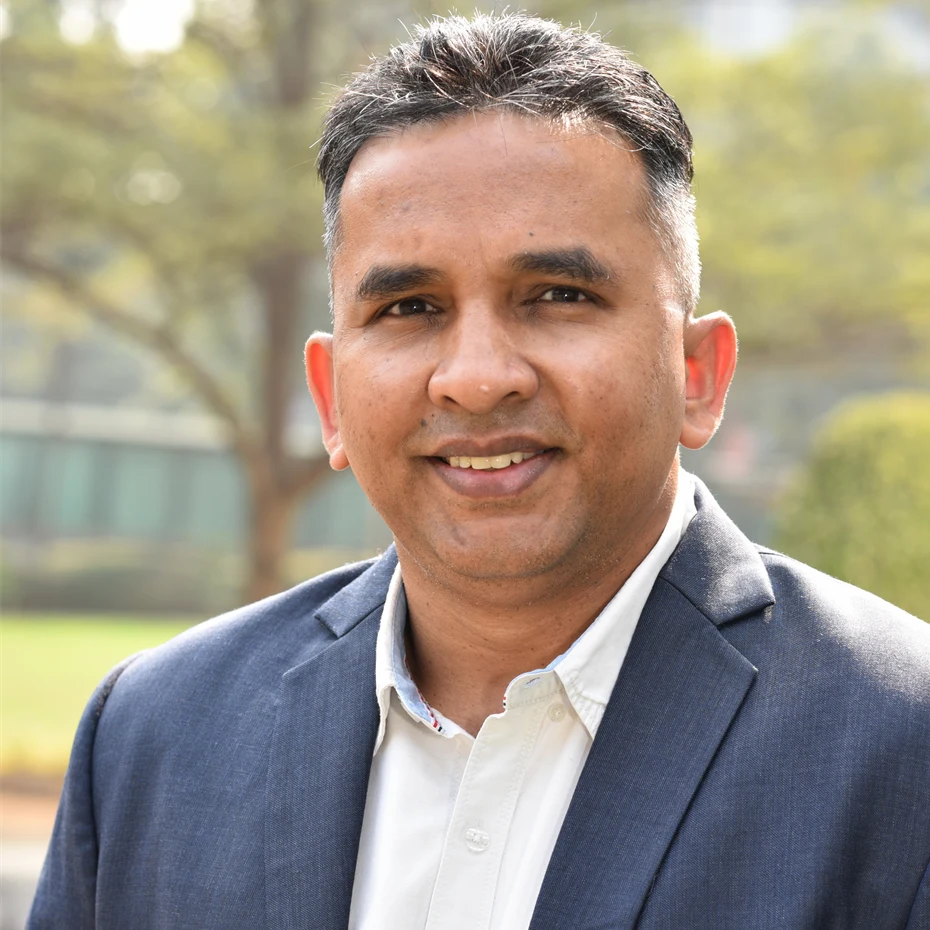In India, maternity leave is regulated by law and gives the mother six months of paid leave. However, there is no regulated paternity leave, even though there are several benefits of staying at home with the new-born child, such as a stronger bond between father and child and a better understanding of the needs of the baby and the mother. Höganäs India saw an opportunity to contribute to gender equality by introducing paid paternity leave for seven days. “Patriarchy is still a big challenge in Indian society. Hence, the main challenge was to bring about change in mindset for employees, People Managers and Leadership Teams. This initiative helps to bridge the gap in gender equality and create a safer and more engaging work environment for both men and women,” says Vinay Shende, Director, Human Resources, Administration and Communications at Höganäs in India.
After benchmarking some external organisations, Höganäs involved both male and female employees in discussions regarding parental leave and gender equality to better understand both needs and attitudes.
“The policy was also extended to same sex partners, considering the Principle of Inclusivity and with the changing law of acceptance of LGBT in India,” Says Vinay. The policy of paternity leave was launched internally through a series of communication sessions with employees to explain the rationale and benefits. It was introduced in 2020 and in 2022, 6 men have used the opportunity of paternity leave. Höganäs India also takes other aspects of family life into account, such as becoming a parent through adoption and miscarriage.
“There is no regulated paid leave in case of miscarriage or adoption. But owing to the changing social landscape, this is becoming something we need to address. I am proud of how we are contributing to better gender equality. This will have positive effects on society,” says Vinay.
Paternity leave in India
|
||
